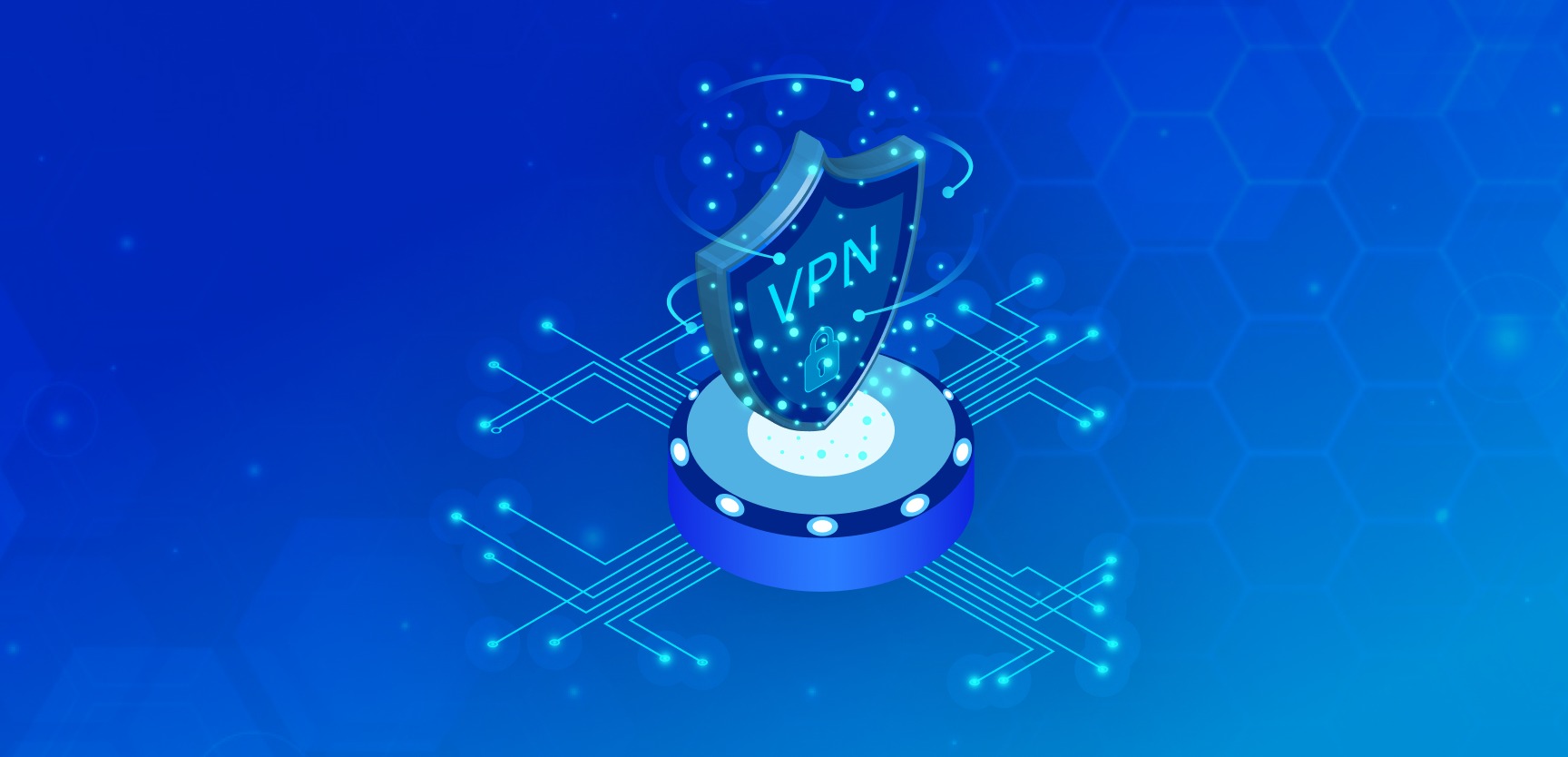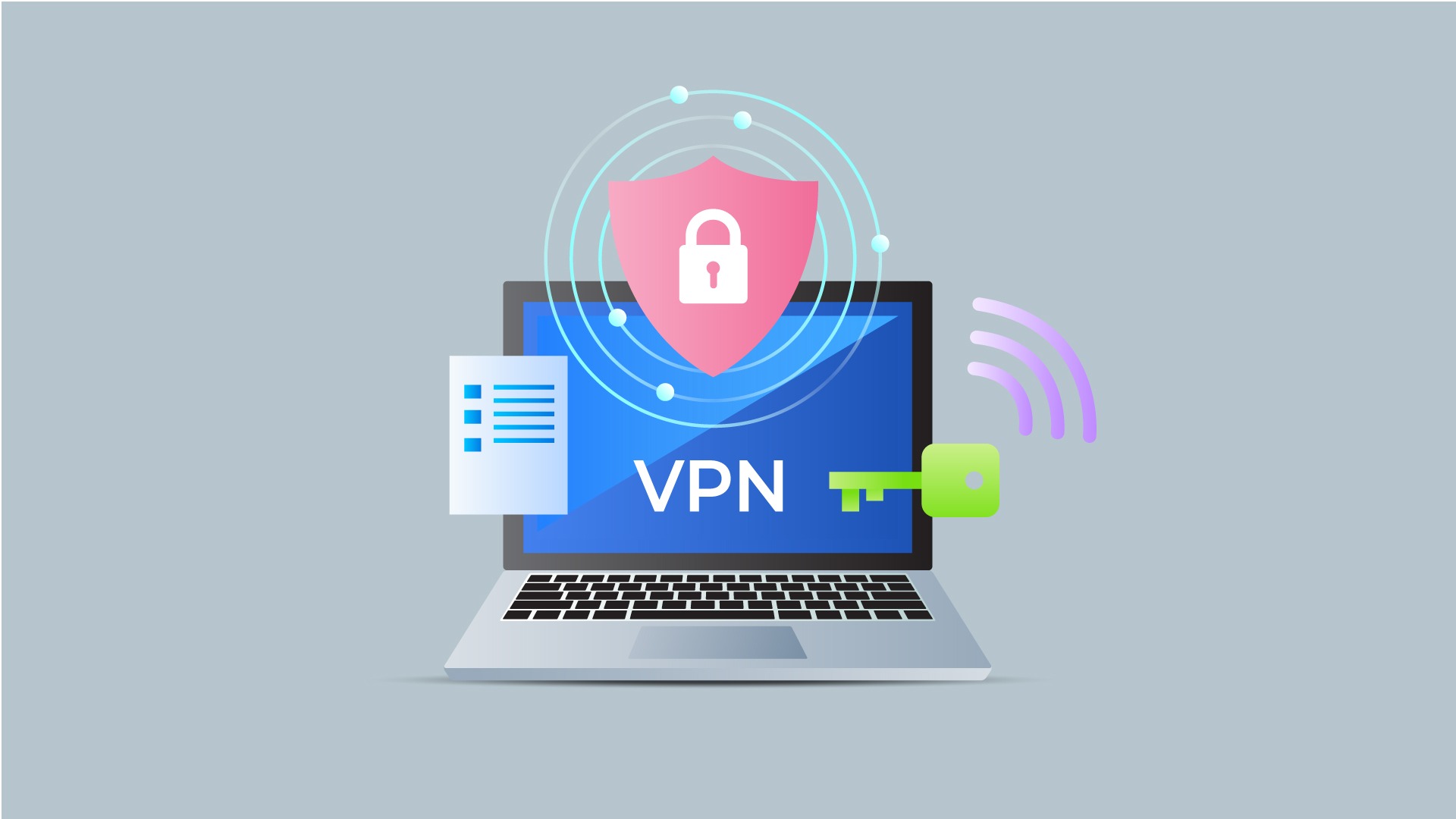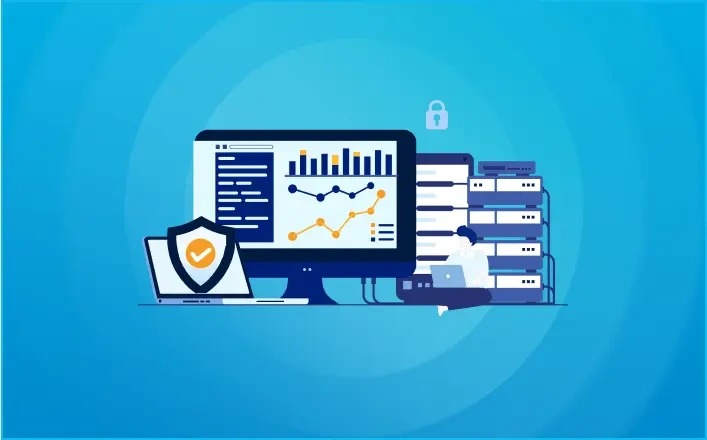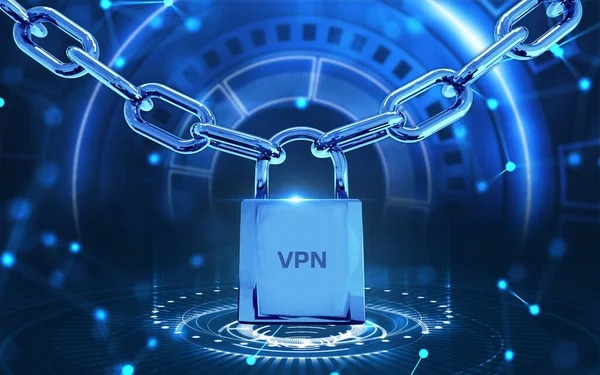Step 1: Choosing the Right VPN
Not all VPNs are equal. Look for:
✔ Strong encryption (AES-256 is best)
✔ Strict no-logs policy (ensures your data isn’t recorded)
✔ Fast server speeds (for smooth streaming/downloading)
✔ Multiple server locations (to bypass geo-restrictions)
✔ Reliable customer support (for troubleshooting)

Avoid free VPNs—they often have data limits, slow speeds, and may even sell your browsing data.
Step 2: Installing & Setting Up Your VPN
-
Download the app from your provider’s official website (avoid third-party stores).
-
Install & log in using your credentials.
-
Choose a server location—pick nearby for speed, or a different country to access geo-blocked content.
-
Enable the kill switch (cuts internet if VPN disconnects, preventing data leaks).
Step 3: Optimizing Your VPN for Different Uses
-
Streaming: Connect to servers optimized for Netflix, Hulu, or BBC iPlayer.
-
Gaming: Use low-latency servers to reduce lag.
-
Torrenting: Ensure your VPN allows P2P traffic and has strong privacy policies.
-
Public Wi-Fi: Always turn on your VPN in cafes, airports, or hotels.
Step 4: Advanced Tips for Better Security
✔ Use WireGuard or OpenVPN protocols (better speed & security than PPTP).
✔ Enable DNS leak protection (prevents your ISP from seeing your searches).
✔ Switch servers periodically if speeds drop or if a site blocks VPN traffic.
✔ Use split tunneling (lets you choose which apps use the VPN).
Step 5: Troubleshooting Common Issues
-
Slow speeds? Try a different server or protocol.
-
Connection drops? Enable the kill switch and check for software updates.
-
Netflix not working? Clear cookies or switch to a different server.
Final Thoughts
A VPN is a powerful tool, but using it correctly makes all the difference. By following this guide, you’ll maximize privacy, security, and accessibility—whether you're working, streaming, or browsing.
Stay protected, browse freely, and take control of your online experience with a well-configured VPN!



